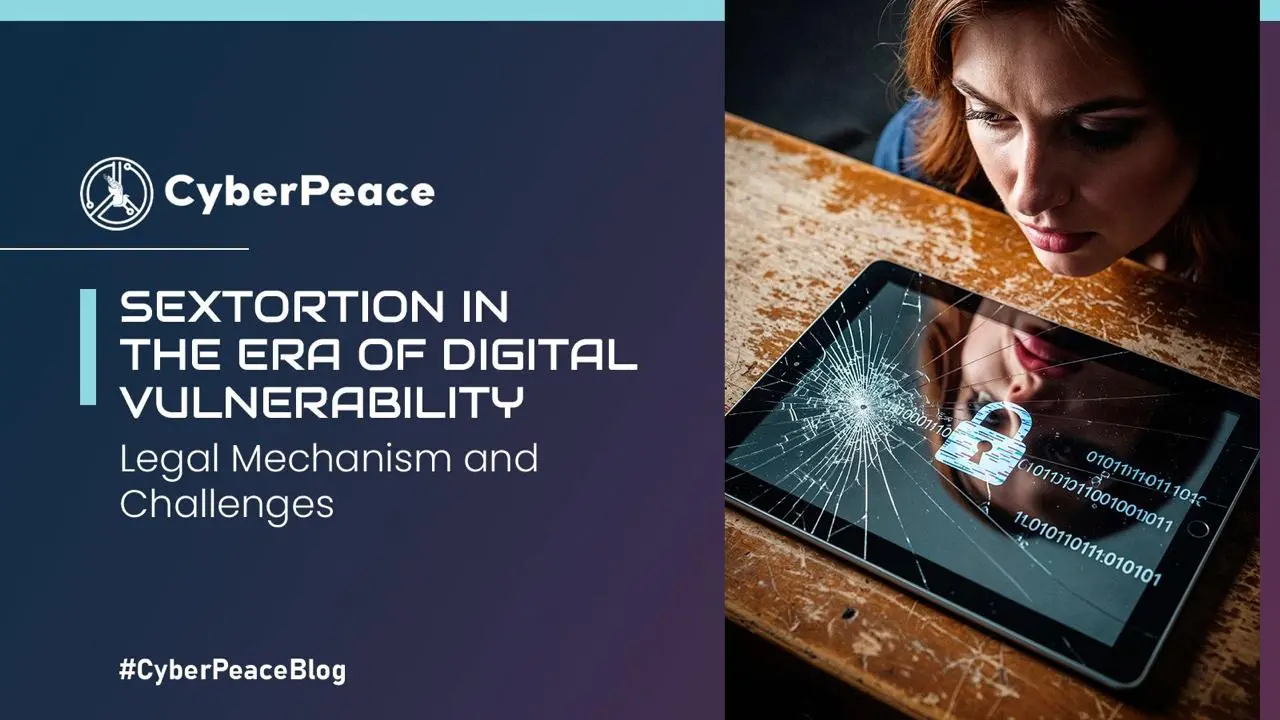The Future of Digital Asset Governance in India
According to Statista, the number of users in India's digital assets market is expected to reach 107.30m users by 2025 (Impacts of Inflation on Financial Markets, August 2023). India's digital asset market has been experiencing exponential growth fueled by the increased adoption of cryptocurrencies and blockchain technology. This furthers the need for its regulation. Digital assets include cryptocurrencies, NFTs, asset-backed tokens, and tokenised real estate.
India has defined Digital Assets under Section 47(A) of the Income Tax Act, 1961. The Finance Act 2022-23 has added the word 'virtual' to make it “Virtual Digital Assets”. A “virtual digital asset” is any information or code, number, or token, created through cryptographic methods or otherwise, by any name, giving a digital representation of value exchanged with or without consideration. A VDA should contain an inherent value and represent a store of value or unit of account, functional in any financial transaction or investment. These can be stored, transferred, or traded in electronic format.
Digital Asset Governance: Update and Future Outlook
Indian regulators have been conservative in their approach towards digital assets, with the Reserve Bank of India first issuing directions against cryptocurrency transactions in 2018. This ban was removed by the Supreme Court through a court order in 2020. The presentation of the Cryptocurrency and Regulation of Official Digital Currency Bill of 2021 is a fairly important milestone in its attempts to lay down the framework for issuing an official digital currency by the Reserve Bank of India. While some digital assets seem to have potential, like the Central Bank Digital Currencies (CBDCs) and blockchain-based financial applications, a blanket prohibition has been enforced on private cryptocurrencies.
However, in more recent trends, the landscape is changing as the RBI's CBDC is to provide a state-backed digital alternative to cash under a more structured regulatory framework. This move seeks to balance state control with innovation on investor safety and compliance, expecting to reduce risk and enhance security for investors by enacting strict anti-money laundering and know-your-customer laws. Highlighting these developments is important to examine how global regulatory trends influence India's digital asset policies.
Impact of Global Development on India’s Approach
Global regulatory developments have an impact on Indian policies on digital assets. The European Union's Markets in Crypto-assets (MiCA) is to introduce a comprehensive regulatory framework for cryptocurrencies that could act as an inspiration for India. MiCA regulation covers crypto-assets that are not currently regulated by existing financial services legislation. Its particular focus on consumer protection and market integrity resonates with India in terms of investigating needs related to digital assets, including fraud and price volatility. Additionally, evolving policies in the US, such as regulating crypto exchanges and classifying certain tokens as securities, could also form the basis for India's regulatory posture.
Collaboration on the international level is also a chief contributing factor. India’s regular participation in global forums like the G20, facilitates an opportunity to align its regulations on digital assets with other countries, tending toward an even more standardised and predictable framework for cross-border transactions. This can significantly help India given that the nation has a huge diaspora providing a critical inflow of remuneration.
CyberPeace Outlook
Though digital assets offer many opportunities to India, challenges also exist. Cryptocurrency volatility affects investors, posing concerns over fraud and illicit dealings. A balance between the need for innovation and investor protection is paramount to avoid killing the growth of India's digital asset ecosystem with overly restrictive regulations.
Financial inclusion, efficient cross-border payments with low transaction costs, and the opening of investment opportunities are a few opportunities offered by digital assets. For example, the tokenisation of real estate throws open real estate investment to smaller investors. To strengthen the opportunities while addressing challenges, some policy reforms and new frameworks might prove beneficial.
CyberPeace Policy Recommendations
- Establish a regulatory sandbox for startups working in the area of blockchain and digital assets. This would allow them to test innovative solutions in a controlled environment with regulatory oversight minimising risks.
- Clear guidelines for the taxation of digital assets should be provided as they will ensure transparency, reduce ambiguity for investors, and promote compliance with tax regulations. Specific guidelines can be drawn from the EU's MiCA regulation.
- Workshops, online resources, and campaigns are some examples of initiatives aimed at improving consumer awareness about digital assets, benefits and associated risks that should be implemented. Partnerships with global fintech firms will provide a great opportunity to learn best practices.
Conclusion
India is positioned at a critical juncture with respect to the debate on digital assets. The challenge which lies ahead is one of balancing innovation with effective regulation. The introduction of the Central Bank Digital Currency (CBDC) and the development of new policies signal a willingness on the part of the regulators to embrace the digital future. In contrast, issues like volatility, fraud, and regulatory compliance continue to pose hurdles. By drawing insights from global frameworks and strengthening ties through international forums, India can pave the way for a secure and dynamic digital asset ecosystem. Embracing strategic measures such as regulatory sandboxes and transparent tax guidelines will not only protect investors but also unlock the immense potential of digital assets, propelling India into a new era of financial innovation and inclusivity.
References
- https://www.weforum.org/agenda/2024/10/different-countries-navigating-uncertainty-digital-asset-regulation-election-year/
- https://www.acfcs.org/eu-passes-landmark-crypto-regulation
- https://www.indiabudget.gov.in/budget2022-23/doc/Finance_Bill.pdf
- https://www.weforum.org/agenda/2024/10/different-countries-navigating-uncertainty-digital-asset-regulation-election-year/
- https://www3.weforum.org/docs/WEF_Digital_Assets_Regulation_2024.pdf





